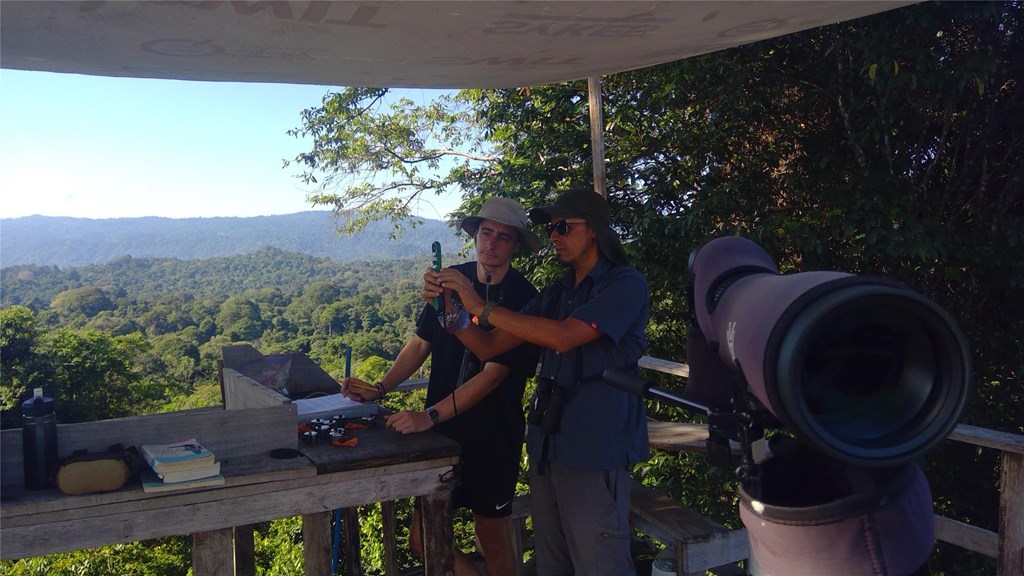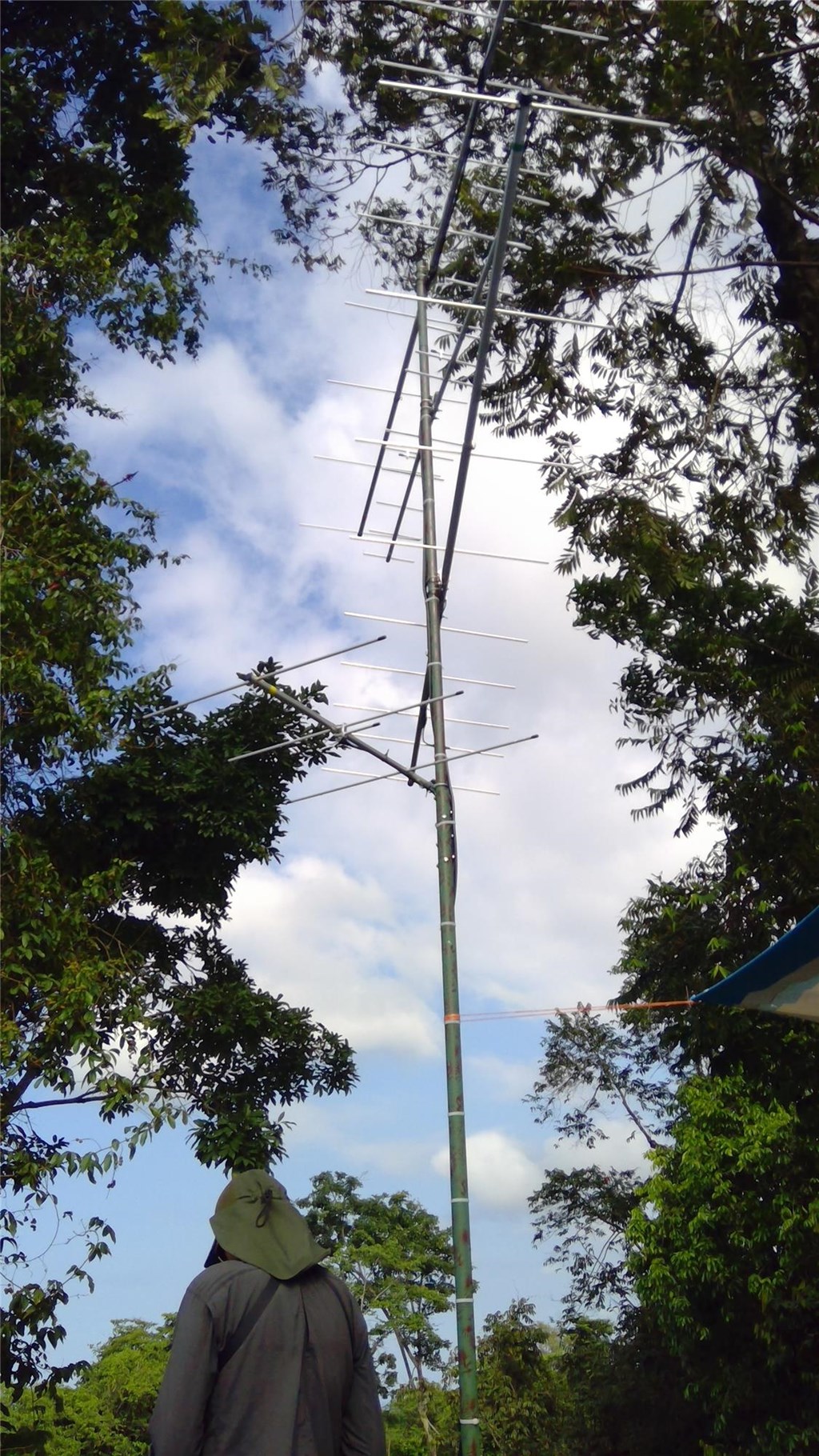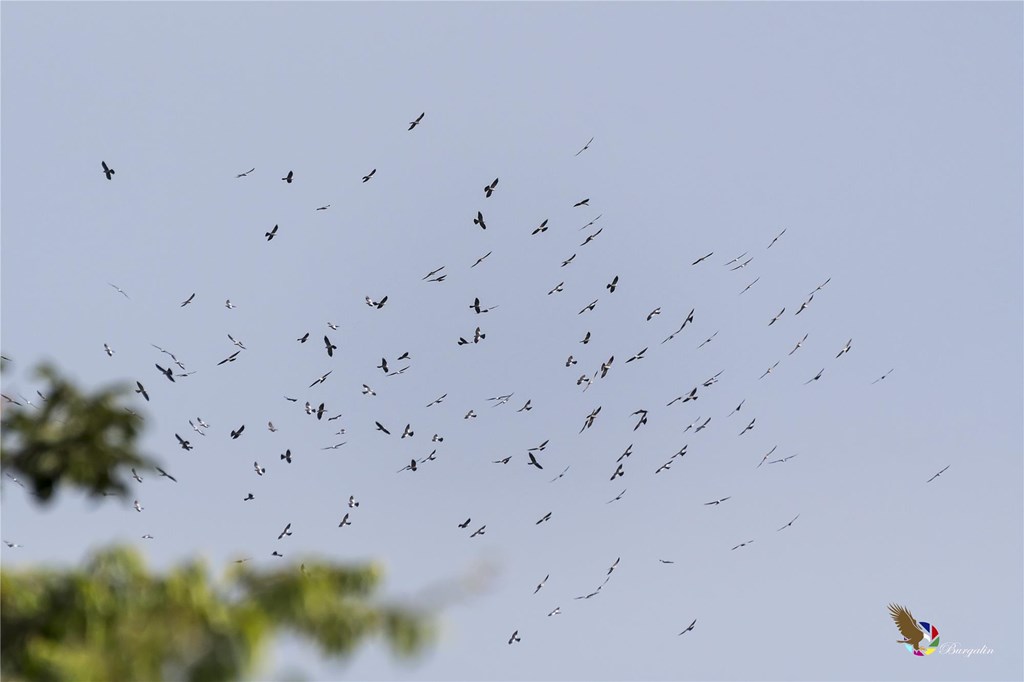Spectacular Spring Migration in Costa Rica
Posted on in In the Field by JF Therrien, Director of Graduate Studies

Visit Costa Rica March 2024. View Itinerary Now.
Across temperate North America, a soft whisper of spring is starting to wake the outdoors. Central America, however, is a whole different story, and spring migration is at its peak. A visit to the Kéköldi Raptor Migration Count Site in southeastern Costa Rica will not only convince anyone about the importance of this site for raptor conservation, but it also will blow your mind to see tens, and even hundreds of thousands, of raptors passing overhead daily!

Following a recent rejuvenation of the migration monitoring site orchestrated by Hawk Mountain, new collaborations with international organizations, and devotion from a group of world-class biologists including former Hawk Mountain trainee Pablo Porras and Hawk Mountain’s Conserve the Corridor Initiative, Kéköldi is now a fully-operational biological field station conducting spring and autumn raptor migration counts annually. It also continuously collects tracking data via the MOTUS network and its newly installed receiver and antenna, hosts international graduate students and scientists, and presents education programs to locals. Led by an experienced and highly knowledgeable team of counters including Julio Madriz, Isabel Cordero and others, the station conducts all these activities in one of the most biologically diverse area on the planet.
While writing this piece, we were also monitoring the movements of satellite-tagged broad-winged hawks and turkey vultures that are known to migrate through the region twice annually. Select numbers of birds representing both species carry a tracking transmitter that allow us to assess movement ecology and habitat use across the continent. These birds, which wintered across Central and South America, are now making their way back to their breeding grounds in North America.
But it’s the daily numbers of migrating raptors that are so astonishing. While counting more than 1,000 raptors passing overhead, we are aware that some may carry a tiny transmitter but spotting a miniscule backpack device on one of 8,000-plus birds is simply like looking for a needle in a haystack.

On average, large groups of more than 8,000 broad-winged hawks and 15,000 turkey vultures pass daily over Kéköldi in late March, joined by as many Swainson’s hawks and Mississippi kites. Peregrine falcons, swallow-tailed kites, and other plumbeous kites complete this impressive list.
There is no doubt: Kéköldi is a place to visit. And you might just be in luck: Hawk Mountain is planning a fully guided eco-tour in March 2024 to witness the magnificent spectacle. For more info, click here or contact Dr JF Therrien at [email protected]